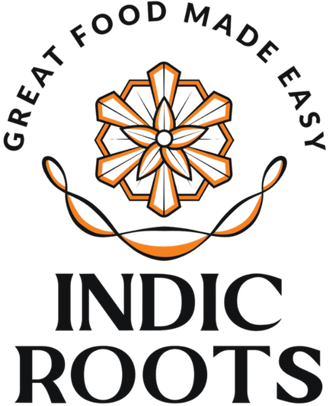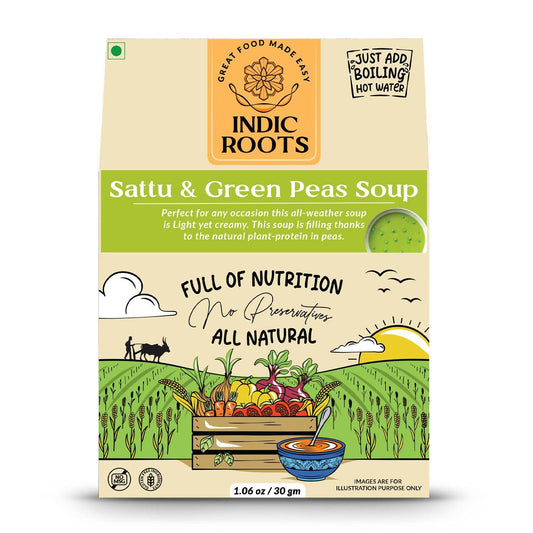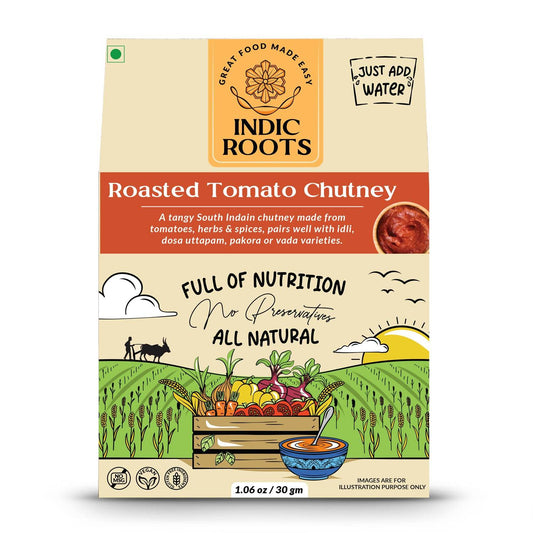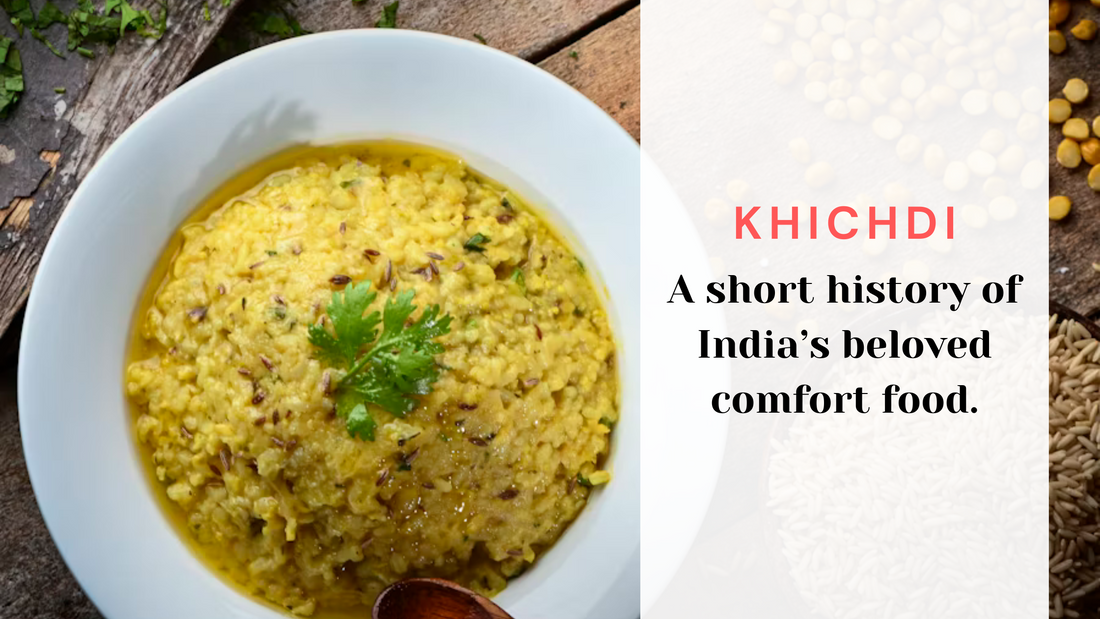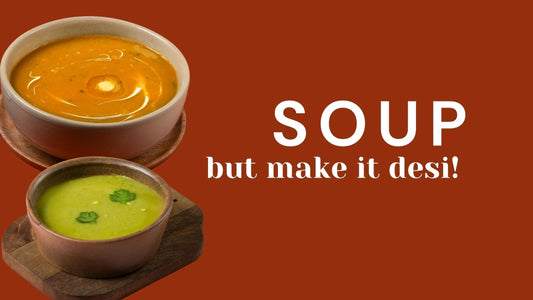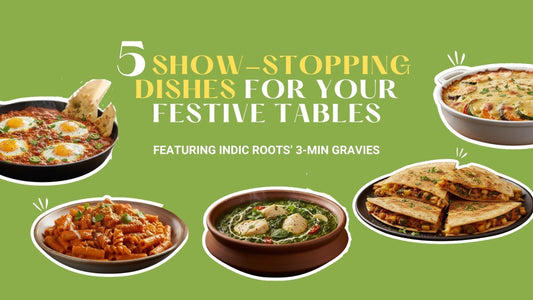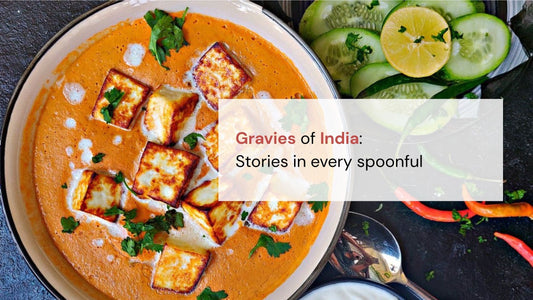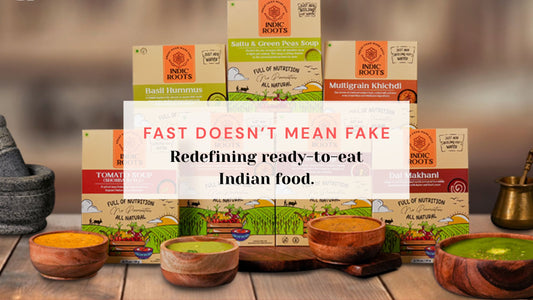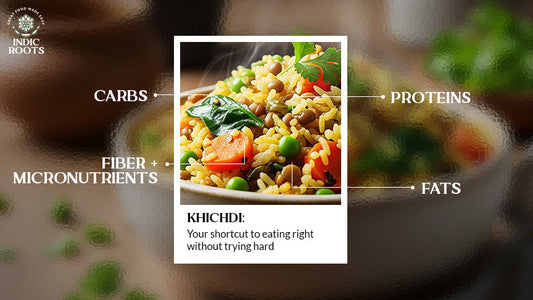In the vast and vibrant landscape of Indian cuisine, few dishes can claim the kind of cultural ubiquity and emotional resonance that khichdi does. Simple yet soulful, comforting yet versatile, khichdi has been nourishing generations across India cutting across communities and classes. It’s one of those rare dishes that’s at once a humble household staple and a celebrated symbol of India’s culinary heritage.
But where did Khichdi come from? How did a dish with just a handful of ingredients rice, lentils, and a few Indian spices go on to become one of the most famous Indian dishes?
The Ancient Origins of Khichdi
The roots of khichdi go deep into the annals of India and food. Mentions of a rice and lentil mixture can be traced back to Charaka Samhita, one of the foundational texts of Ayurveda, where it’s praised for its easy digestibility and nourishing properties. Travel accounts from ancient visitors to India, such as Ibn Battuta and Megasthenes, have noted how Indians cooked lentils with rice and spices—creating what they described as a hearty, porridge-like meal.
Over time, it found its way into royal kitchens. During the reign of Mughal emperor Akbar, his court chronicler Abul Fazl noted that a simple khichdi dish made of moong dal and rice was a favourite among both royals and commoners. It even features in a children’s tale with Akbar and his beloved adviser Birbal.
From Khichdi to Kedgeree: A Colonial Crossover
Interestingly, khichdi didn’t just stay within the borders of India. During the British colonial period, it travelled back to England – albeit with a twist. The British adapted the dish into what became known as Kedgeree – a blend of rice, smoked haddock, boiled eggs, parsley, and curry powder.
While it strayed far from the vegetarian soul of traditional dal khichdi, the inspiration was unmistakable. Kedgeree became a staple of upper-class British breakfast tables and even made its way into pop culture as a dish served in the iconic TV series Downton Abbey. It’s a fascinating example of how famous Indian dishes have left their mark on global cuisine.
One Name, Many Flavors: Khichdi Finds Regional Variations
Despite its simple base of lentils (dal) and rice, the khichdi dish is anything but one dimensional. Each region in India has interpreted the dish in its own unique way—adding vegetables, different kinds of lentils, spices, or even tweaking the texture and consistency.
In the North, it’s found in what is perhaps the most widely recognized form of the dish dal khichdi made with yellow moong dal, rice, turmeric, and a tempering of cumin and garlic with a dollop of desi ghee. Bengal’s Bhoger Khichuri is known to be more liquid-y, flavoured with Indian spices and served with batter-fried vegetables.
Gujarati khichdi is often softer and more porridge-style, while the classic Bise Bile Bath of Karnataka (a distant cousin of the khichdi dish by some accounts) is a riot of spices and flavours!
A lesser-known but equally nutritious version is sattu khichdi, often found in UP and Bihar – great for those looking for a protein boost! And in the hills of Uttarakhand, one finds a rustic yet wholesome variation made with barnyard millets and black soybeans. Each khichdi variation brings its own mix of local ingredients and and cultural preferences, showing just how deeply India and food are intertwined.
Whether you’re a homesick student abroad, a fitness enthusiast looking for clean food, or someone under the weather, khichdi is always the answer. Its growing popularity as a health food – rich in protein, easy on the stomach, and adaptable to vegan or gluten-free diets – has helped it find a place in the hearts of food lovers globally.
Try it at Home!
What makes khichdi truly special is its ability to adapt. You can prepare it quickly with just rice, dal, and turmeric—or you can elevate it with Indian spices, vegetables, nuts, and a finishing drizzle of desi ghee. It can be mushy and soupy, perfect for feeding toddlers and the elderly, or dry and aromatic, layered with texture and flavour. A health food in all its forms.
Here’s a simple khichdi recipe to try at home:
Basic Dal Khichdi Recipe
Ingredients:
- 1/2 cup rice
- 1/2 cup yellow moong dal
- 1/2 tsp turmeric
- 1 tsp cumin seeds
- 1 tbsp desi ghee
- Salt to taste
- 4 cups water
Instructions:
- Rinse rice and dal together until water runs clear.
- In a pressure cooker, add rice, dal, turmeric, salt, and water. Cook for 3–4
whistles. - In a small pan, heat desi ghee, add cumin seeds, and let them splutter.
- Pour the tempering over the cooked khichdi. Mix and serve hot with pickle or
curd.
In the grand tapestry of famous Indian food, khichdi might not boast the flamboyance of a butter chicken or the flair of a biryani, but it offers something far more enduring nourishment, comfort, and a sense of home. Whether you enjoy the simple dal khichdi on a rainy day or its spices and tangier cousins, this humble dish will always have a place at the Indian table, and in our hearts.
